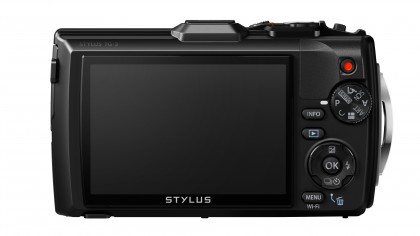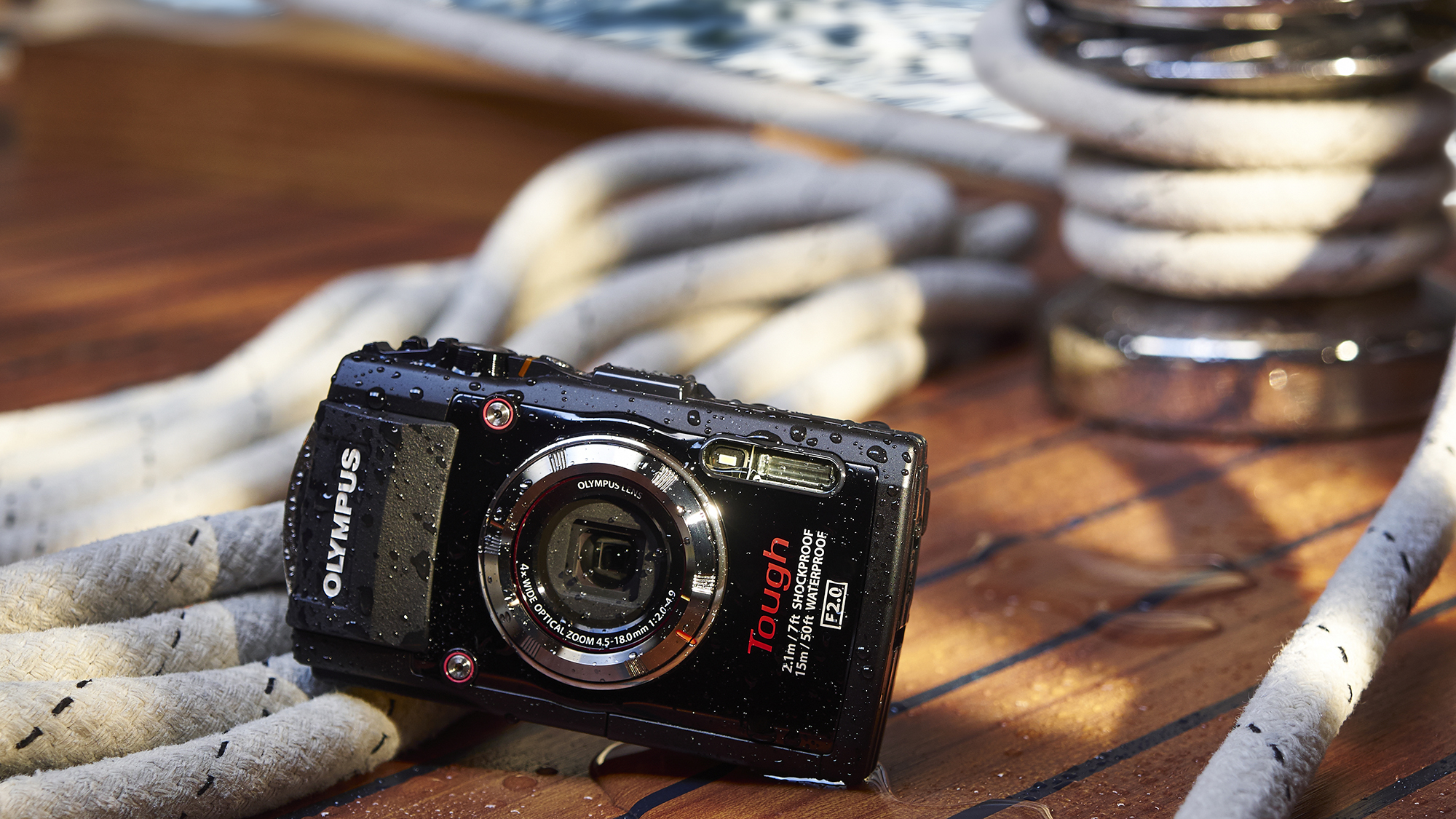Why you can trust TechRadar
Given the TG-3 is meant to capture fast-paced action, it's unfortunate that it's not the fastest camera out of the blocks, being ready to shoot in around two seconds. It gains ground with a fast autofocus system though and locks onto most subjects almost instantly.
The powerful AF-assist beam keeps the pace up in low light too, and it's only in the dimmest of conditions and when using longer focal lengths where the system starts to struggle.
The camera's exposure metering is also first class, consistently striking the right balance between highlight and shadow detail, even when shooting very high contrast scenes or aiming directly into the sun. Likewise the auto white balance can be relied upon in a variety of lighting conditions and isn't prone to producing any odd colour casts.

Image quality is more of a mixed bag though. At ISO400 and below, the 16MP sensor resolves plenty of detail from closer subjects whilst colours look vibrant and punchy. More distant details in landscapes are prone to smoothing from noise reduction processing and consequently can take on a painterly appearance, but it's not distracting unless you to view at 100% image size.
Even at the base sensitivity of ISO100 some grain and colour speckling can be spotted if you're really pixel-peeping, but it only becomes obvious at ISO800. Both forms of image noise are more prevalent at ISO1600, so much so that even when viewing at 50% image size you'll still see the interference.
This is the cut-off for acceptable image quality, as by ISO3200 both grain and colour speckling are obvious and hard to ignore.
The 4x zoom lens performs well with minimal distortion and good corner sharpness throughout the focal length range. Some chromatic aberration (purple fringing) is visible in areas of very high contrast, but it's nothing severe and is only noticeable under close scrutiny. The lens' f/2.0 maximum wide-angle aperture means more light can get through to the sensor and allows you to use faster shutter speeds to freeze fast action.
The TG-3 incorporates a good range of creative effects. These include seven Art Filters which offer a varied selection of styles. In the camera's scene mode setting you'll also find an HDR mode to help capture greater highlight and shadow detail, though the results can look a bit bland.
It's a small complaint compared to the Panorama mode though, which is a huge disappointment due to its low capture resolution of 1280 vertical pixels, ghosting artefacts and painfully slow processing time that takes the best part of 30 seconds. Fortunately the TG-3's Microscope setting is far better, focussing as close as 1cm from your subject with ease and accuracy.
The revised 3.0", 460k-dot LCD screen also deserves a mention. At first glance its lack of touch-sensitivity seems disappointing, but remember that capacitive touch screens won't work underwater or if you're wearing gloves. Instead, the TG-3's screen nails the basics with terrific viewing angles, accurate colour reproduction and brightness that's enough to keep the screen viewable under even direct sunlight.
Finally, the TG-3's 1350mAh Li-ion rechargeable battery puts in a respectable performance, as despite prolonged GPS and Wi-Fi use, we managed to keep shooting all day with only a bar of life lost.
